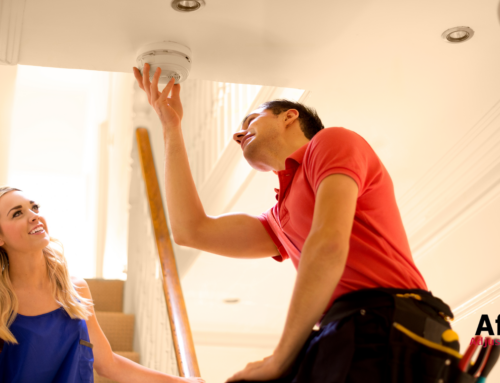If you live in an area where hurricanes are possible, it is important to have hurricane preparedness items set aside. This way, you will be ready when disaster strikes.
Watch and Warning Differences
When a watch or warning is issued for tropical storms and hurricanes, it is important for you to know the differences between the two.
A tropical storm watch means tropical storm-force winds are possible in the watch area within the next 48 hours. A tropical storm warning means those conditions are expected somewhere in the warning area within the next 36 hours.
Similarly, a hurricane watch means hurricane conditions are possible in the area and announced 48 hours before the beginning of the predicted tropical storm-force winds.
A hurricane warning means hurricane conditions (sustained winds above 73 mph) are expected somewhere in the designated warning area. It is at this time that emergency preparations to protect your families and your property need to be completed.
Hurricane Preparedness: Before the Storm Arrives
- Clean debris out of the gutters.
- Bring outside items inside that could be lost by the wind.
- Board up windows and doors with 5/8 inch plywood or use hurricane shutters.
- Reinforce the garage door.
- Make sure there is a full tank of gas in at least one car.
- Fill the bathtub with water.
- In case you lose power, turn the refrigerator to the coldest setting. Use a cooler so that you don’t let out the cold air by constantly opening the fridge and freezer doors.
- Keep an ax in the attic in case there is severe flooding.
- Look up the nearest shelter or pet-friendly shelter.
- Download an application to your phone that lets you tell others where you are, if you are safe, or if you need help.
- Make an evacuation plan with your family. Be sure to include alternate routes to safety.
- Have a current inventory of all your personal items and property.
- Keep important documents, like birth certificates, social security cards, deeds, etc. in a watertight container.
- Evacuate if the order is given and, if possible, stay on marked evacuation routes.
- Before leaving, turn off electricity, water, and gas and unplug small electronics and appliances.
- Just in case, leave a note stating where you are going.
Hurricane Preparedness: After the Storm Has Passed
- Keep an eye on the weather and stay alert. Even after the tropical storm or hurricane has stopped, rainfall could continue with and ensuing flooding.
- Continue listening to the local news or a NOAA Weather Radio for updates.
- Let family and friends know you’re safe by using the Facebook Safety Check.
- If you have evacuated, do not return home until officials say it is safe to do so.
- Do not go in any building that has water around it.
- Stay away from dangling power lines and immediately report them to the power company.
- Drive only if it is necessary. Avoid washed out bridges and flooded roads.
- Make sure your home is safe before entering and check for any damage. For insurance purposes, take pictures of the damaged areas and contents.
- Keep animals close by and do not let them wander off.
- Use the telephone only for emergencies.
- Check the refrigerator for spoiled food. If it looks or smells questionable, it is best just to throw it
- Do not drink or prepare food with tap water until you know that it is safe.
- When cleaning up, be cautious and wear protective clothing to avoid injury.
When a hurricane watch or warning is in your area, following these hurricane preparedness guidelines will keep you ready and safe. Remember to evacuate if it is necessary.









